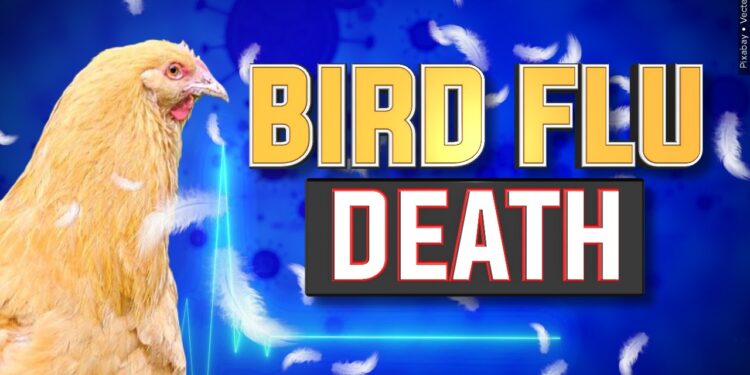(LOOTPRESS) – The first human death from H5N1 bird flu in the United States has been confirmed by the Louisiana Department of Health, marking a significant development in the ongoing fight against the virus. The victim, an individual over 65 with underlying medical conditions, was hospitalized after exposure to infected wild birds and a backyard flock.
Health officials have stated that no other human cases have been linked to this infection, and the overall risk to the public remains low. However, the case has reignited concerns among flu experts about the potential for the virus to evolve and spread.
A Rare but Lethal Virus
Dr. Richard Webby, director of the World Health Organization Collaborating Center for Studies on the Ecology of Influenza at St. Jude Children’s Research Hospital, expressed concern over the virus’s capabilities. “This is probably the nastiest form of the virus we’ve seen,” Webby said. “The fact that it finally caused a fatal infection here is tragic but not surprising.”
Globally, approximately 900 human infections with H5N1 have been reported since 2003, with a case fatality rate of nearly 50%, according to the World Health Organization. Experts caution that this figure may overestimate the lethality of the virus, as milder cases are less likely to be reported.
Even with an adjusted fatality rate of around 5%, H5N1 remains a serious concern. For comparison, the initial strain of COVID-19 had a case fatality rate of approximately 2.6%.
Details of the Case
The Louisiana patient was infected with the D1.1 clade of the H5N1 virus, a strain currently circulating in wild birds and poultry. Genetic analysis of the virus revealed mutations that may enhance its ability to infect human airways and potentially spread between people. These changes were not present in the birds the patient was exposed to, suggesting the mutations developed after the infection.
The Centers for Disease Control and Prevention (CDC) is continuing its investigation, analyzing serial samples from the patient to better understand how the virus evolved.
Global and Domestic Context
D1.1 has been associated with other severe cases, including a critically ill teenager in Canada who recovered after intensive care. Additionally, poultry workers in Washington state have reported milder infections with the same clade.
Despite the mutations identified in the Louisiana case, the CDC emphasized that there is no evidence of increased human-to-human transmission. “The risk to the general public remains low,” the agency stated.
Precautions and Public Health Recommendations
The CDC advises heightened caution for individuals who work with animals or live near infected flocks. Key safety measures include avoiding contact with sick or dead birds, cooking poultry and eggs thoroughly, and maintaining good hygiene.
Health officials recommend that anyone exposed to infected animals monitor for respiratory symptoms and seek medical advice if they become ill. Farmers and poultry workers are encouraged to consider seasonal flu vaccinations to reduce the risk of coinfection.
A Call for Vigilance
Dr. Seema Lakdawala, a microbiologist and influenza expert at Emory University, stressed the importance of preventing spillover infections. “The evolution of the virus is concerning but highlights how we need to prevent each possible spillover to reduce the risk of onward transmission,” she said.
As avian flu continues to spread among bird populations, the U.S. Department of Agriculture has urged the public to report dead or sick birds to its hotline at 1-866-536-7593.
While the Louisiana case underscores the dangers posed by avian influenza, officials are working to ensure that the virus remains contained and that the public stays informed about potential risks.










